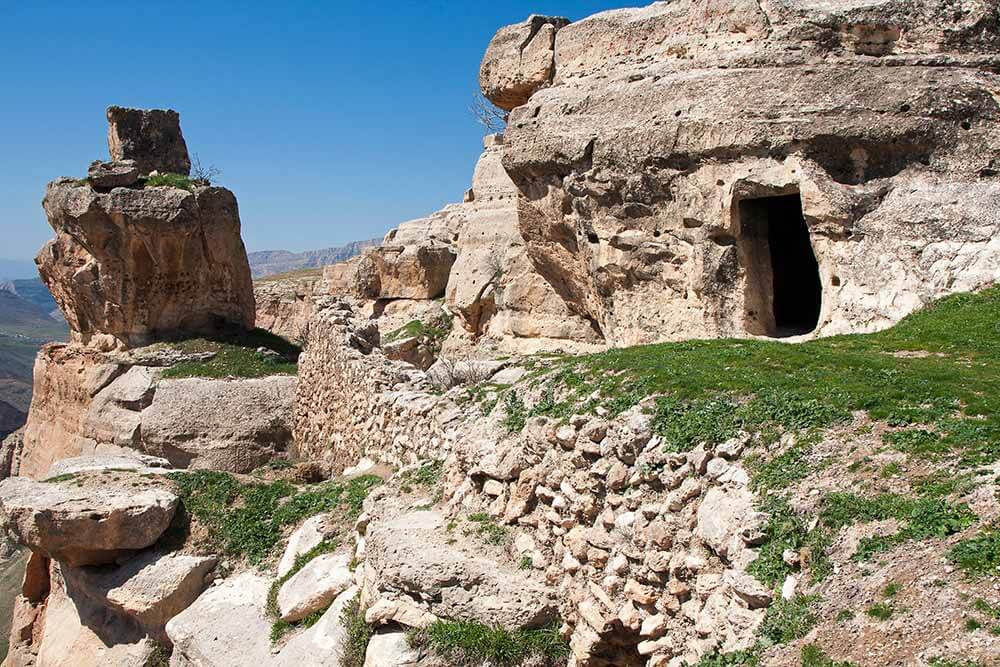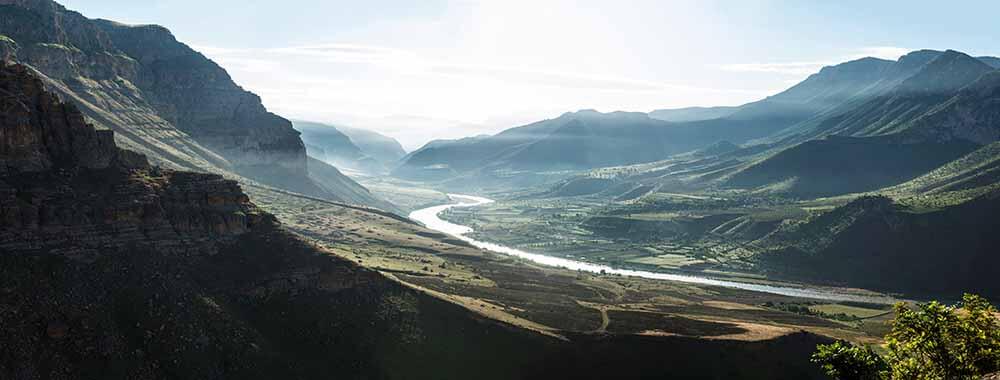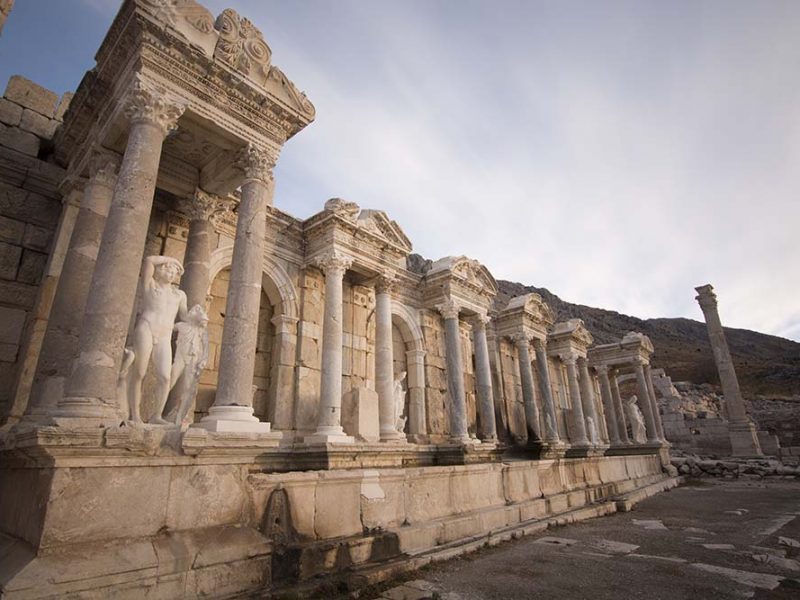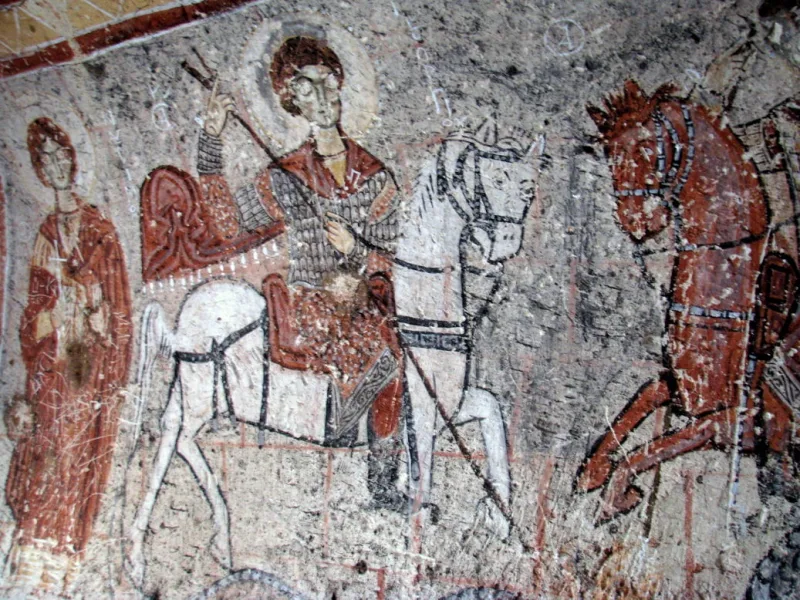Located in the Southeastern Anatolia Region, Siirt is one of the exceptional cities of the East. It has been discovered that the city has a wide history dating back to the Stone Age. The city witnessed the Roman and Byzantine periods with the Hellenistic period and was later inhabited by the Islamic states. The city is surrounded by Bitlis in the north, Batman in the west, Şırnak in the south, and Van in the east.
Climate and Local Cuisine
In the city where the continental climate prevails, the summers are very hot and the winters are very cold. However, you can find a milder climate around the reservoir. If you are planning to visit the city, spring and summer will be more ideal, with temperatures around 25 degrees.
Siirt Cuisine consists of delicious dishes made with meat and pastries. As in many cities of the East, kebabs and meatballs are on the tables in the city. Among these, Büryan Kebab, ayranlı yarma, and mumbar are the most important flavors of the city. Rayoşu meketip, ismeket meatballs, zerfet mihr soup, pırtike soup, gebole, garlic meatballs, Siirt meatballs and perde pilaf are authentic dishes.

Ayranlı Yarma
Places to Visit
- Great Mosque of Siirt: Ulu Mosque is built in 1129, is a very different Seljuk artifact with its tiled minaret.
- Veysel Karani Mausoleum: One of the tombs attributed to Veysel Karani, located in different parts of Anatolia, is located also in Siirt.
- Siirt Caves: There are many caves in the rocky terrain with calcareous structures, and these were used as dwellings at one time.
- Clock tower: The clock tower located on the government street in the city center is a building that was completed in 1975, but it makes the East feel authentic.

Botan valley
- Botan Caves: The caves on the banks of the Tigris River belong to past civilizations, and excavations still continue.
- Cumhuriyet Mosque
- Kormas Castle: Medieval Kormas Castle is built by the Byzantines and has many rooms. The remains of the fortress have been protected and can be seen today.
- Sağlarca thermal spa: Beautiful hot waters in which to relax.
- Derzin Castle: A historic castle from the Byzantine period.

Botan Valley
Festivals
Every year, Day of Sikhs is celebrated during May in order to enable single, young people to meet and get married. The Festival of Digor is 3 days of fun in February. The local egg festival is the extraordinary time period in which the eggs made in May are turned different colors by the fiancées.
How to Get There
You can access Siirt, which is one of the easternmost cities of the country, by road and rail. If you prefer rail, the Southern Kurtalan Express will take you to Siirt through the Ankara – Diyarbakır route that is 180 km nearby the city, then you take the highway again. You can reach Diyarbakır and Bitlis via road. If you want to reach Siirt by air, it is 180 kilometers from Muş Airport and 200 kilometers from Diyarbakır Airport. You can then get a transfer service or take a bus ride to Siirt.



